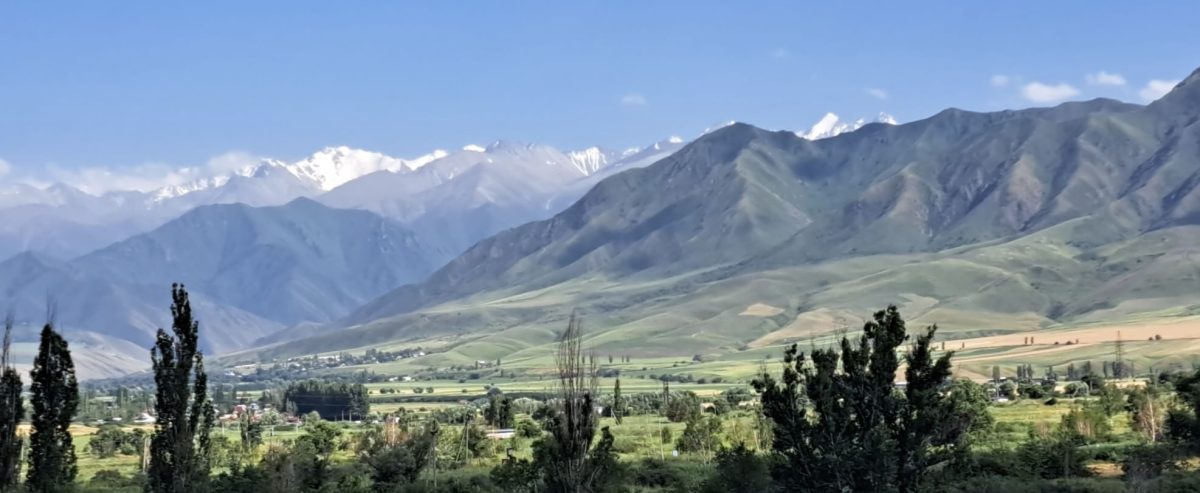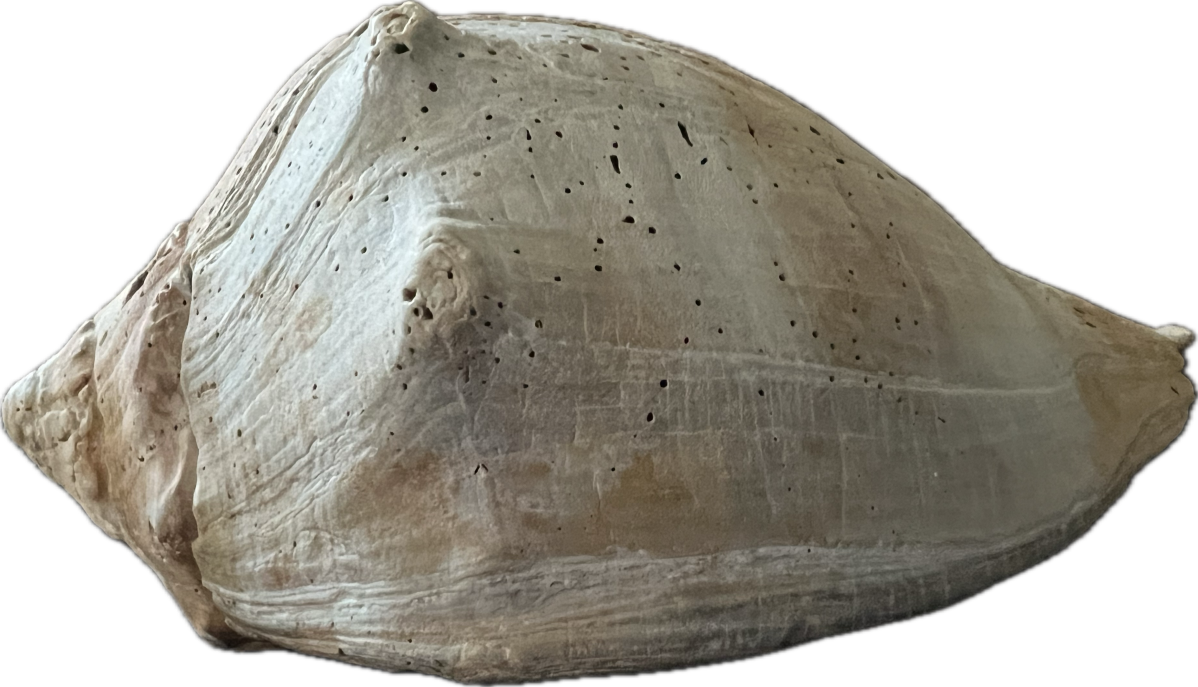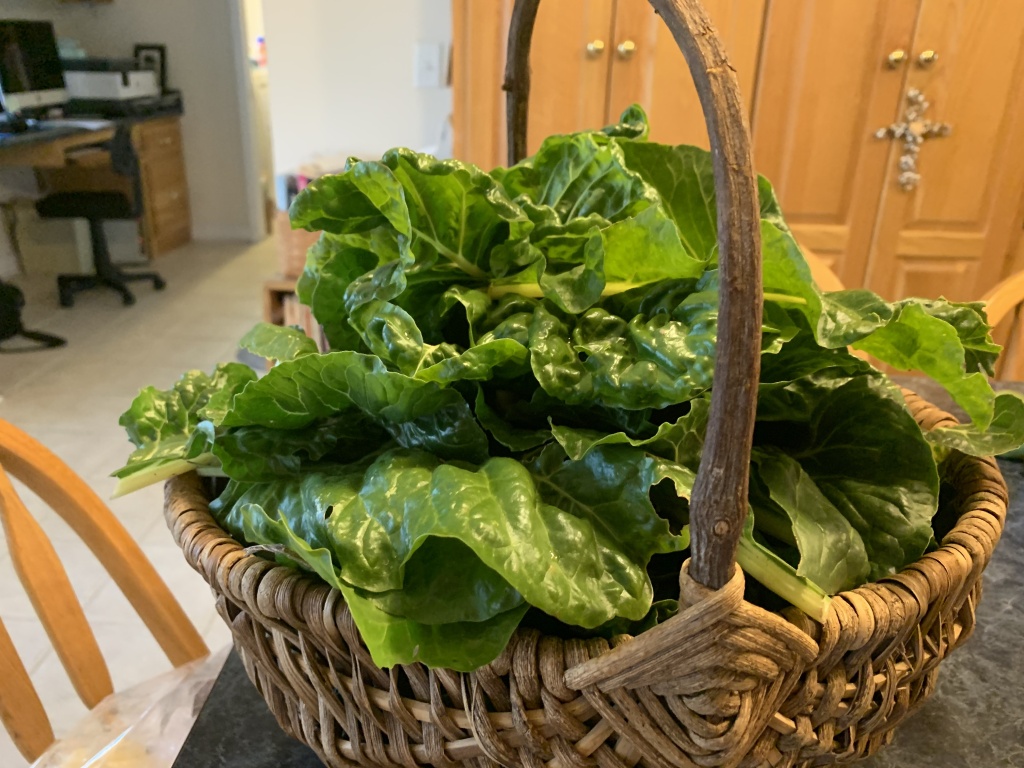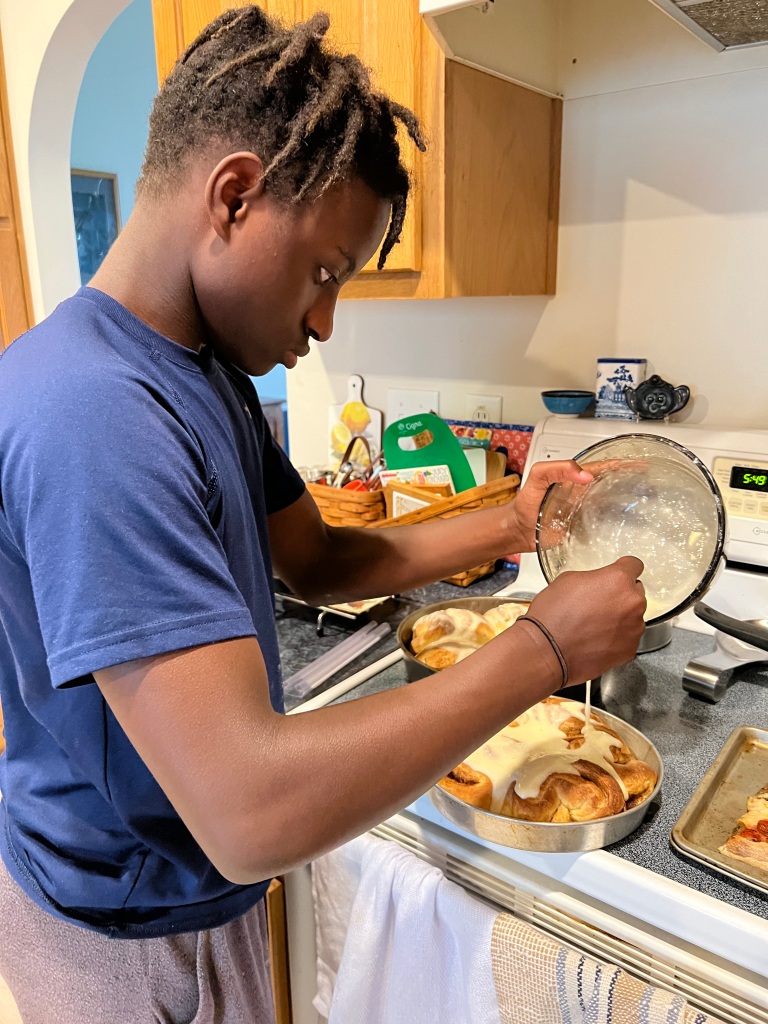A couple years ago, I was walking on the beach and had the realization of how broken seashells have some commonality to human beings. You may ask…how??! I was thinking mainly that we tend to look for perfection in our fellow humans and often, when we discover the lack of perfection, we turn away. I certainly do that with my seashell collecting habits. I will see a shell laying on the beach to which I quickly run thinking I have found a beautiful treasure. When I pick it up and the back is out, I toss it back. It’s not perfect. True confession, part of my reasoning is that I have several full containers and I feel, at this point, I need to be discriminating. After all, I cannot collect them all!

(The backside of the featured shell picture)
That day, as I was walking across quite a few shells that had washed ashore in a particular area, I could feel the crunch beneath my feet. Of course, many other beachwalkers had done so as well. That’s what the beach is, right? All kinds of seaweed, broken shells, and often sea creatures that are now dead because they came in with the tide and were not immediately washed back out to sea. Fellow seashell collectors can be seen with their bags and containers searching for the perfect shells among the debris.
I have always been fascinated by the hunt. Free treasures and such beauty!! Even though there are many, many varieties, each shell seems to have its own particular distinctions, patterns and depths of color. When shells are joined together in a group, it is a myriad of subtle and vibrant shades of color, designs and sizes. They are a reminder of the ocean, its waves and bird sounds, sand between our toes, and the smell of salty air. If you love the beach, they make you want to return again and again.
Recently I was at an aquarium and spent some time in the seashell area, admiring the large, beautiful conch shells, but then I saw a small jar of teeny, teeny ones that once were baby mollusks which didn’t live to grow their shell any further. Of course, there are many types of sea life that produce amazingly beautiful shells, a few of which are scallops, oysters, and clams. So how does this connect to humans?
Whether we are sea life, land or air animals, plants or human beings, God placed in all living things an ability to survive or to be food for something else to enable it to survive. Occasionally we see a flower growing through a sidewalk, or a tree that found its way to grow in a rocky cliff. We are amazed, thinking how could that grow?! God created nature and He looks after it. I believe he wants us to be encouraged by it, to appreciate it, to know He created it, and to see God through it to recognize His presence in our daily lives.
We, as human beings, do not often take the time to appreciate the intricacies of nature. It also seems we have little patience for our fellow humans in how we deal with the imperfections that we encounter along this life journey. I do understand the purpose of seashells in life is to protect that sea creature. Humans were created for much more, but there are similarities about how we view nature and how we view the human race, much like a beautiful sunset captures our attention, but do we pay as much attention to the sky when it’s not eye-catching? Yet it is there day after day, as are the needs of people around us.
To go a little deeper in this blogpost, I wrote this on February 12, 2016 and titled it “The ‘Broken’ Shell.”
Today I walked along the beach and was struck by the colorful fragments of shell. Usually I look for and pick up the perfect shells to add to my fairly vast collection.
Today I thought of something different. Looking at a group of broken shells, I was reminded of God’s love for our brokenness. We search for perfection and beauty – but God sees our brokenness that is beautiful to Him (and, yes, we are all broken to some degree, not reaching God’s perfection). He knows that we tend to come to Him more often in our broken state, than when everything is going smoothly and quite perfectly by our standards. He knows the desires He has for us as well and wants to help us to live them out.
Some of the shell fragments were from large, bold shells, the pieces thick and strong. Others from bright, colorful small shells, thin and fragile. You can only imagine their beauty when whole.
I am reminded of the homeless, orphaned, discarded, and destitute human beings who were once whole and capable, how the rushing tide of life and the shifting sands of reality have broken them and tore at their beauty, leaving behind only remnants of who they once were or internal scars that make it hard to do life.
People walk by and see the fragment of a shell, quickly turning away to search for perfection, for beauty, when it is in the fragment and has been all along. God created it for a purpose, and even as it is broken, because of its brokenness, its beauty cannot be destroyed. This is very much like the brokenness of individuals who are struggling just to survive. The gaunt, hollow eyes in their sadness cry out for someone to recognize them for who they are inside, who they once were, as God sees them.
In theory, we enter this world as babies, innocent and vulnerable. As we grow and mature, the world around us begins to teach us and to mold us. We search for the perfect life, yet the search is often elusive and we are forced to accept the things that come our way. As long as we live in this world, we must adjust, adapt and change, just like the living sea creatures as they gradually enlarge their shell to survive. As we go through our days, taking the time to see, really see, people in need may help us to have more empathy for them, and just might make us more aware of our own shortcomings.







